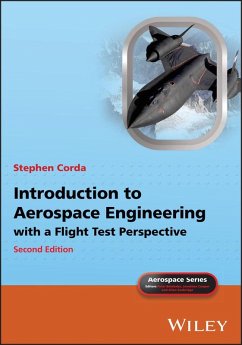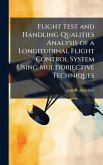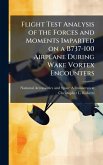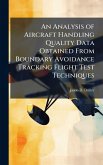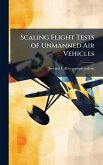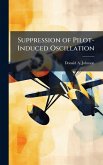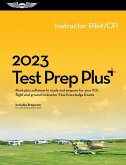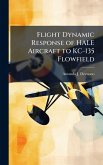Comprehensive textbook integrating the fundamentals of flight testing with introductory concepts in aerospace engineering Introduction to Aerospace Engineering with a Flight Test Perspective provides a solid foundation in the fundamentals of aerospace engineering while illuminating many aspects of real-world flight, covering topics such as aerodynamics, propulsion, performance, and stability and control. End-of-chapter problems are included along with a solutions manual for instructors. The Second Edition includes two new chapters, one providing a timely introduction to hypersonics and the other introducing the fundamentals of spaceflight. Introduction to Aerospace Engineering with a Flight Test Perspective discusses topics including: * Historical perspectives of the first flights of airplanes, rotorcraft, and spacecraft * Introductory concepts of airplanes, rotorcraft, unmanned aerial vehicles, and lighter-than-air vehicles * Placement of the reader in the aircraft cockpit to fly and learn the basics of flight test * Fundamentals of subsonic, transonic, supersonic, and hypersonic flight, with explanations of the theories of lift and the generation of drag * Types of non-airbreathing rocket propulsion, including liquid propellant rocket engines and solid rocket motors, as well as air-breathing propulsion, including propeller-driven and jet engines * Concepts of aircraft performance in cruising, climbing, gliding, and turning flight * Longitudinal and lateral-directional stability and control * An introduction to hypersonic vehicles, aero-thermodynamics, and propulsion * Orbital mechanics, covering Kepler's laws, the two-body problem, types of trajectories and orbits, and atmospheric entry Introduction to Aerospace Engineering with a Flight Test Perspective is an excellent accompaniment to any introductory course in aerospace engineering taught at civilian universities, military academies, and test pilot schools. The text may also be used in more advanced courses in flight testing, aerodynamics, performance, and design.
Bitte wählen Sie Ihr Anliegen aus.
Rechnungen
Retourenschein anfordern
Bestellstatus
Storno

